Imagine this: You wake up in the middle of the night, itching from tiny red bites on your skin. You flip on the light, and there they are—little annoying shits small, reddish-brown bugs all across your mattress. Bed bugs. Just the thought of them is enough to make your skin itch.
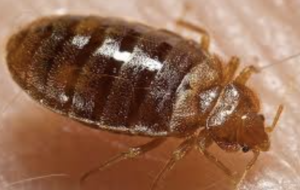
Bed bugs are more than just a nuisance; they’re a nightmare for everyone. These tiny pests are experts at hiding, reproducing quickly, and turning your peaceful home into a battleground. But what drew them to you in the first place? And more importantly, how can you stop them from invading your space?
In this article, we’ll explore what attracts bed bugs, how they find their way into your home, and what you can do to protect yourself and your family. Whether you’re dealing with an active infestation or looking to prevent one, this guide will give you the knowledge and tools you need to fight back. Let’s dive in and take control of the situation—because no one should have to share their home with bed bugs.
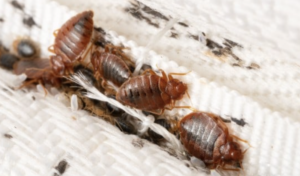
What Are Bed Bugs Attracted To? (The Main Triggers)
Carbon Dioxide – The #1 Bed Bug Attractant
Bed bugs rely on carbon dioxide (CO₂) to locate their hosts. As humans breathe, they release CO₂, which creates a concentration that bed bugs detect and follow. This is why bed bugs tend to bite people while they sleep—when a room is filled with elevated CO₂ levels, they are drawn out of hiding to feed. The more people in a room, the higher the CO₂ levels, increasing the likelihood of attracting bed bugs.
Body Heat & Warmth
While CO₂ is the primary attractant, body heat also plays a significant role. Bed bugs can sense warmth, guiding them toward sleeping or resting humans. However, they are not as sensitive to heat as they are to CO₂, which is why they often wait until people are completely still before feeding. Contrary to some myths, sleeping in a cooler room does not prevent bed bug bites if CO₂ levels are still present.
Human Scents & Dirty Laundry
Research has shown that bed bugs are attracted to the natural odors left on unwashed clothing and bedding. The scent of body oils, sweat, and pheromones signals a potential host, making dirty laundry a prime target. If a pile of used clothing is left on the floor, bed bugs may crawl inside, using it as a hiding spot until a human host is available.
Sleeping Patterns & Movement
Bed bugs prefer to bite when a person is motionless, which is why they are primarily nocturnal. People who move less while sleeping may be bitten more often. They also prefer exposed skin areas, such as arms, legs, and the neck. While they are most active at night, they can adapt to a host’s schedule and feed during the day if necessary.
Dark Colors & Fabric Preferences
Studies have indicated that bed bugs are more attracted to darker colors, particularly red and black, which may mimic the color of their hiding spots or other bed bugs. Light-colored fabrics are less attractive, though this does not guarantee bed bugs will avoid them. Additionally, they prefer materials like cotton and polyester over smooth fabrics like silk or leather, as rougher surfaces provide better traction and hiding spots.
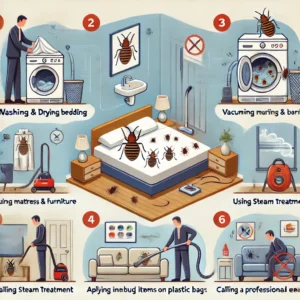
Can Pets, Clutter, and Other Pests Attract Bed Bugs?
Do Pets Attract Bed Bugs?
While bed bugs prefer human blood, they can feed on pets if a human host is not available. Dogs, cats, and even birds can serve as temporary food sources, though infestations on pets are uncommon. Additionally, rodents or bird nests in walls can sustain bed bugs in vacant homes, allowing them to persist until humans return.
How Clutter Helps Bed Bugs Thrive
Clutter does not attract bed bugs, but it provides them with more hiding spots, making infestations harder to detect and eliminate. A cluttered bedroom allows bed bugs to spread beyond the bed, hiding in clothes, furniture, and baseboards. Keeping a tidy and organized space makes it easier to spot and remove bed bugs before an infestation worsens.
Myths About What Attracts Bed Bugs
Do Bed Bugs Like Dirty Homes? (MYTH)
Bed bugs are not attracted to filth or food crumbs; they only seek blood. Even the cleanest homes can experience infestations. They thrive in hotels, luxury apartments, and well-maintained homes just as easily as in cluttered environments.
Does Blood Type Matter? (MYTH)
There is no scientific evidence that bed bugs prefer one blood type over another. However, some people may get bitten more often due to body temperature, metabolic rate, or the amount of CO₂ they emit.
Can Certain Smells Keep Bed Bugs Away? (PARTIALLY TRUE)
Certain essential oils, such as lavender and tea tree oil, may act as mild repellents, but they do not eliminate bed bugs. The most effective natural solution is diatomaceous earth, a fine powder that damages their exoskeletons, leading to dehydration and death.
How to Reduce the Risk of Attracting Bed Bugs
Best Ways to Make Your Home Less Appealing to Bed Bugs
✅ Wash sheets and clothes in high heat (130°F/55°C+). ✅ Use bed bug-proof mattress covers to prevent hiding spots. ✅ Reduce clutter around the bed and bedroom. ✅ Be cautious with second-hand furniture and thrifted clothes.
How to Avoid Bringing Bed Bugs Home
- Inspect hotel beds, luggage racks, and chairs before use.
- Shake out & heat-dry travel clothes before unpacking.
- Avoid placing bags on hotel floors or public seating.
The Cost of Bed Bug Treatment
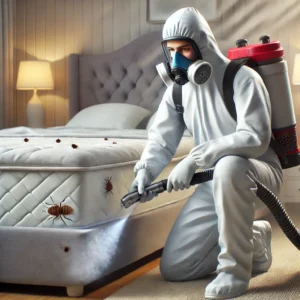
DIY vs. Professional Treatment Costs
- DIY treatments:
- Bed bug sprays: $20-$50 per bottle
- Mattress encasements: $50-$100
- Diatomaceous earth & steamers: $40-$150
- Professional extermination:
- Heat treatment: $1,500 – $4,000 (entire home)
- Chemical treatment: $300 – $1,500 (per room)
- Fumigation (severe infestations): $4,000+
Factors That Affect the Cost
- Severity of infestation – Larger, widespread infestations cost more to treat.
- Home size – Bigger homes require more labor and materials.
- Location – Prices vary by region and demand for pest control services.
Is Professional Treatment Worth It?
✅ Higher success rate – DIY methods often fail to eliminate all bed bugs. ✅ Faster results – Professional heat treatments can resolve infestations in hours. ✅ Long-term prevention – Many pest control companies offer follow-up inspections to prevent reinfestation.
FAQ Section
📌 Q: Can bed bugs sense body heat?
✅ Yes, but CO₂ is their primary way of finding a host.
📌 Q: Can scented candles repel bed bugs?
❌ No, bed bugs are not affected by scented candles or room sprays.
📌 Q: Why do I get bed bug bites but my partner doesn’t?
✅ It could be due to different body temperature, sleeping position, or metabolic rate.
📌 Q: Can bed bugs live in dirty laundry?
✅ Yes! They are attracted to human scent on used clothing.
📌 Q: How much does it cost to get rid of bed bugs?
✅ Professional treatments range from $300 to $4,000, depending on the severity of the infestation.
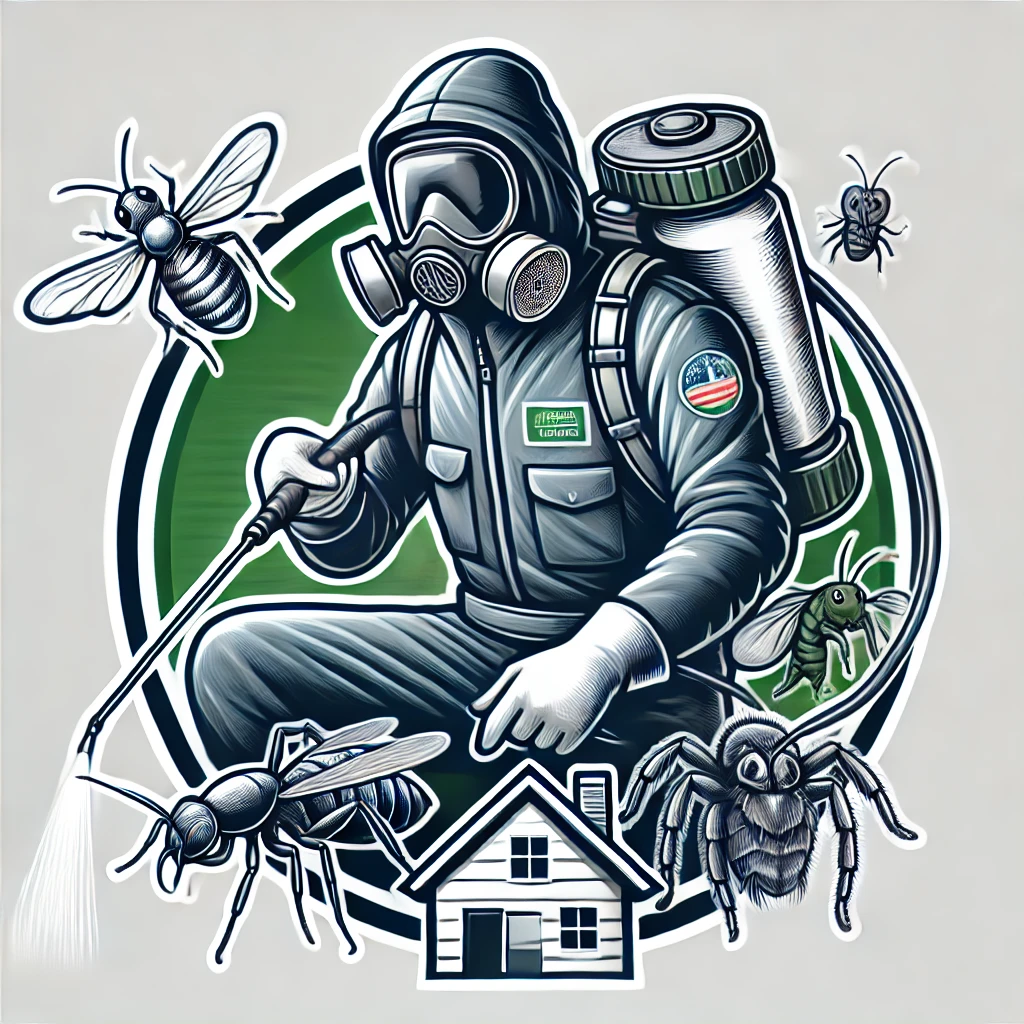
Leave a Reply
You must be logged in to post a comment.